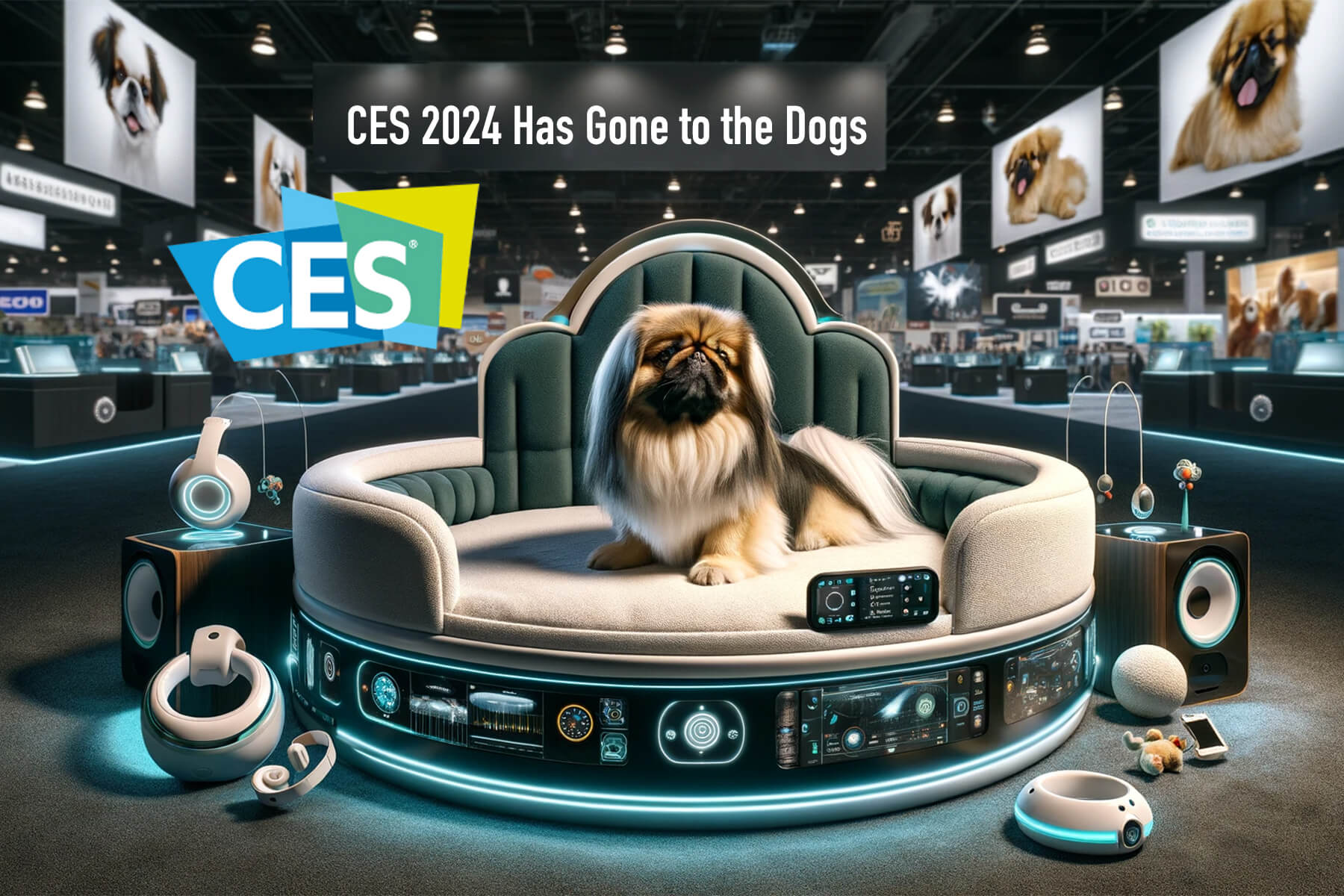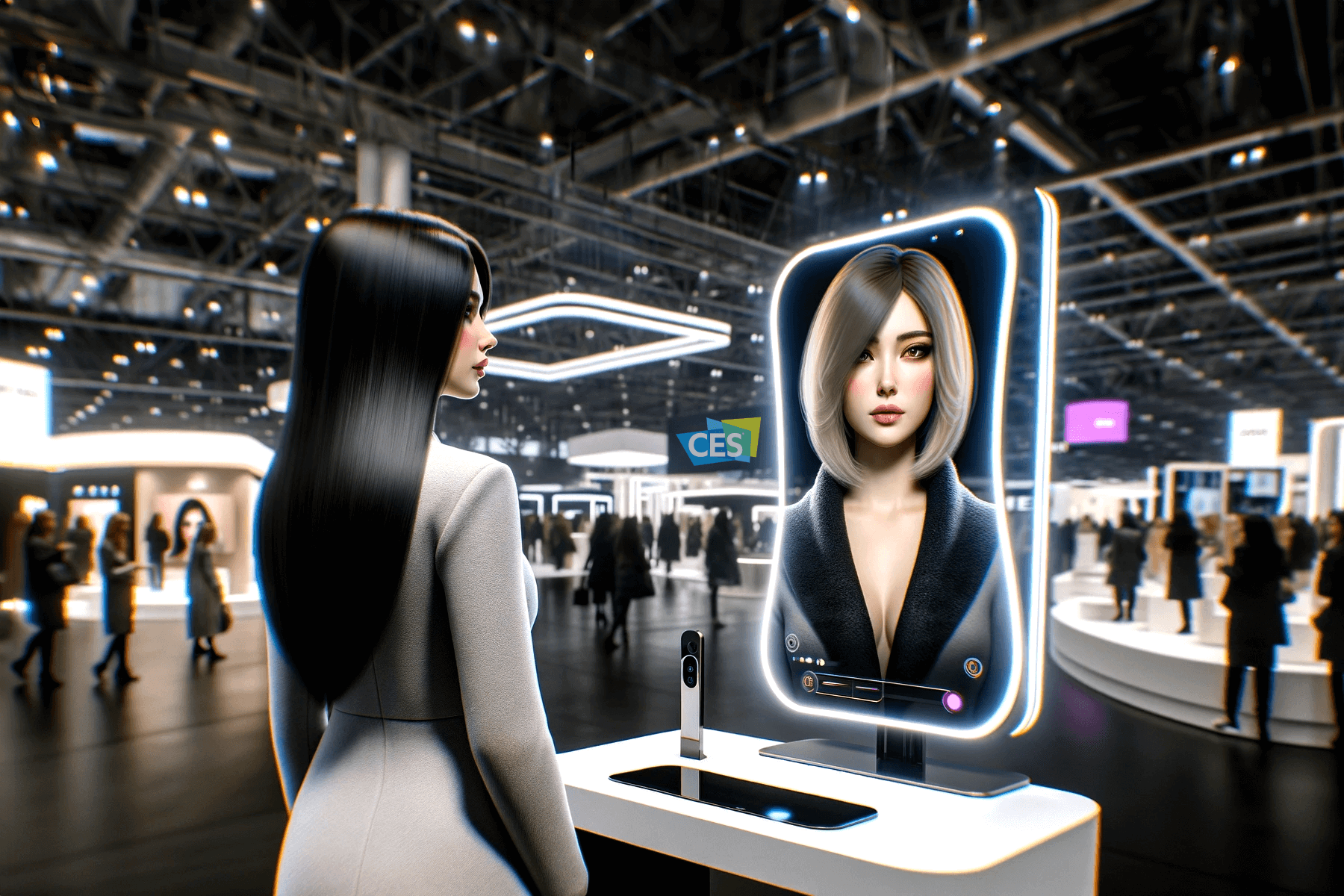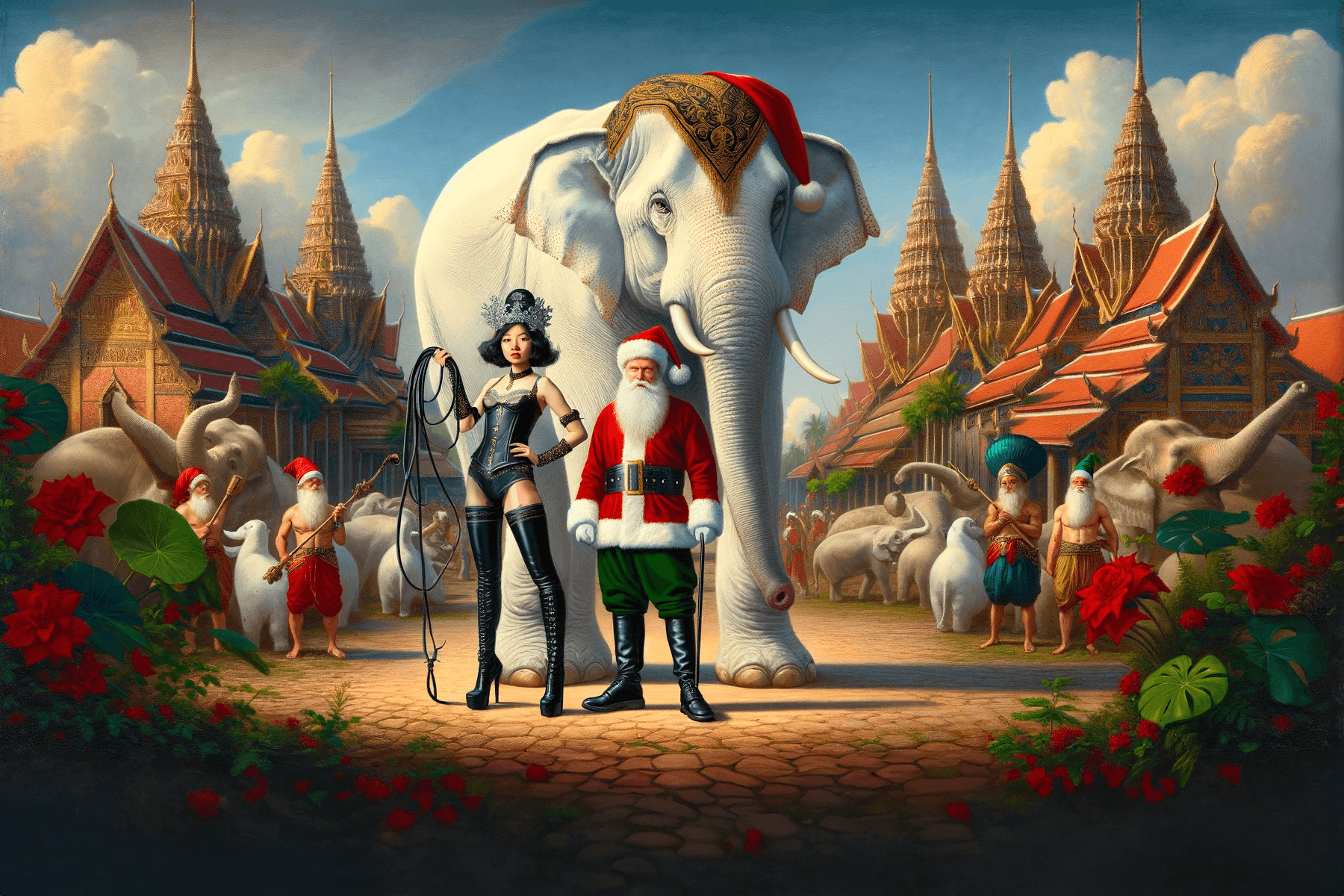In the dynamic world of collegiate sports, the recent Name, Image, and Likeness (NIL) policy, introduced by the NCAA, allows student-athletes to monetize their personal brand. But as this transformative shift meets the cutting-edge advancements of Artificial Intelligence, a new playbook for marketing emerges.
The Cavinder twins, Haley and Hanna, exemplify the potential of this new era. After transferring to the University of Miami to play basketball, their decision to forgo a fifth year of eligibility showcases the vast opportunities NIL offers. “The U will always be home, and we are forever proud to be Hurricanes,” Haley, 22, wrote in their joint statement. Their decision to “start a new chapter in our lives” and their impressive partnerships with popular brands, earning them an estimated $1.7 million, underline the transformative power of NIL when combined with strategic agency guidance.
Explore how the fusion of AI and NIL is crafting future marketing.
1. Talent Scouting, Training, and Skill Enhancement
Before any marketing endeavor, agencies need to identify potential stars. AI can analyze vast amounts of data from social media platforms, scouting reports, and performance metrics to pinpoint rising stars before the students select the college they want to attend.
2. Predictive Analysis for Endorsement Opportunities
With an athlete onboard, agencies can harness AI to analyze audience demographics, past collaborations, and performance metrics, predicting which brands or products might resonate best.
3. Enhanced Social Media Engagement
Guided by AI’s insights into audience behavior, agencies can craft content that resonates with followers, ensuring higher engagement rates and a stronger brand-athlete connection.
4. Hyper-Personalized Marketing Campaigns with AI
Agencies can leverage insights from previous steps to craft highly personalized marketing campaigns using AI-generated visuals that showcase pivotal moments in an athlete’s journey or tailoring content to specific audience segments.
5. AI-driven Content Creation
Agencies can collaborate with brands to create AI-generated merchandise or digital experiences. Envision a digital art piece featuring Haley and Hanna Cavinder in a futuristic WWE fight, sold as limited edition NFTs.
6. Virtual Appearances, Deepfakes, and Ethical Implications
The potential of AI to create lifelike representations of athletes can be both a boon and a bane. While it offers opportunities for virtual fan interactions, it raises concerns about misuse, primarily if an athlete’s likeness is used without consent or in inappropriate contexts. If one isn’t allowed to copyright AI work, how can they be held responsible for creating something the subject didn’t approve of? The defense that “a human didn’t create it” could be used to deflect responsibility, leading to ethical and legal dilemmas.
7. Diversifying Revenue Streams and the eSports Boom
With AI insights, agencies can guide athletes towards unique opportunities beyond their primary sport, such as tapping into the eSports trend or exploring other entertainment avenues.
Conclusion
The fusion of AI and the NCAA’s NIL policy is set to revolutionize the sports marketing landscape. As agencies harness AI’s potential, they can craft innovative endorsement strategies tailored to individual athletes. However, with great power comes great responsibility. Agencies, athletes, and legislators must navigate this new era ethically. Engage with social tools and AI and witness how personalized messages are crafted in this transformative era.



